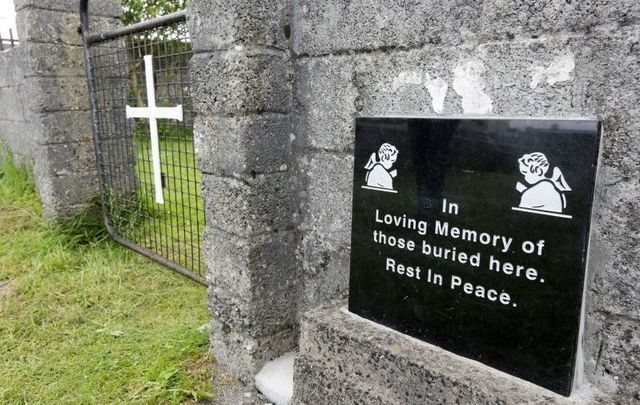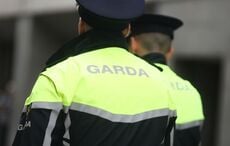The man tasked with overseeing excavations at the site of a former mother and baby home in Tuam does not believe that it will be possible to identify the remains of all the children buried at the site.
A total of 796 children aged between 35 fetal weeks and three years are believed to be buried in unmarked graves at the site of the former Bon Secours Mother and Baby Home in Tuam, County Galway.
In May, Children's Minister Roderic O'Gorman tasked Daniel MacSweeney with overseeing the excavations of children's remains at the site.
MacSweeney told the Irish Examiner that he will do his "absolute best" to recover the remains of every child buried in Tuam but added that he does not believe it will be possible to identify all children.
MacSweeney said he has been in regular contact with relatives of children buried in Tuam but said only a few families have come forward so far.
He is also keen to establish a DNA bank to help identify the remains. MacSweeney said it is one of his top priorities due to the age of some of the relatives.
He added that he doesn't know how long the process will take, stating that he may not even have a time frame in six months.
MacSweeney told the Examiner that it will be difficult to identify all of the remains in Tuam if relatives don't come forward and supply DNA.
"In an ideal world — and ideal is not the right word — but if we have 796 remains, we have 796 close relatives who come forward and give DNA. If we had that situation, we would have a very good chance of identifications. Now, I don’t think we are going to be there. We don’t know until we go in," MacSweeney told the Examiner.
"What’s definitely going to happen is, all of the remains will be taken out of the tanks," he told the publication.
"The end point is that they are reburied correctly and appropriately as decided by the families, and we will facilitate a process."
Local historian Catherine Corless uncovered the names of the 796 children who died at the home between 1925 and 1961 in 2014, discovering that many of the remains had been buried in a septic tank.
Corless, along with mother and baby home survivors and the families of those who died at the home, has long campaigned for the remains at Tuam to be exhumed and given a proper burial.
The Irish Government signed the Industrial Burials Act into law last year, allowing exhumations to take place at former mother and baby homes around the country.
The act allows for the excavating of land associated with an institution owned, operated, or funded by a public body and allows for the recovery of remains buried on that land in a "manifestly inappropriate manner".
The act also allows for an identification program to be established, additionally allowing Forensic Science Ireland to create a DNA database.
Finally, the act calls for funeral arrangements or memorialization of the remains recovered from the land.
MacSweeney said he will keep in regular contact with the families throughout the excavation process and said he will inform them if their relative's remains cannot be found.
He added that the process will begin with the analysis of available records and data, which will be followed by taking DNA samples from families.
When the remains are recovered, he will attempt to identify them using the research and forensic data already obtained.
He explained that he will be recovering roughly 180,000 bones during the excavations and said it would be a "massive job".
"My appointment is for two and a half years. If it requires longer, hopefully it will be given the time. I’m building this from scratch."
MacSweeney said he hopes to appoint a family liaison officer in the near future to establish regular communications with relatives.
He will also appoint a site team to carry out the recovery in addition to a lab team who will examine the remains. Forensic investigations will be carried out by Forensic Science Ireland.
Previous test excavations have found significant human remains in 18 of the 20 tanks in the septic tank.
MacSweeney said he is answerable to the Oireachtas and said he has already written to An Garda Síochána and the coroner's office about the excavations, adding that he will have to notify both gardaí and the coroner if he finds evidence of any violent deaths.




Comments